Do you remember the distinctive pink, white, and brown layers of Brach’s Neapolitan coconut candy? This beloved confection has been a staple in candy dishes for generations, combining the tropical sweetness of coconut with classic Neapolitan flavors. While you can still find these treats in stores, making them at home allows you to control the ingredients and create fresh, customized versions that taste even better than the original.
This homemade recipe captures the essence of Brach’s iconic three-layer coconut candy, featuring vanilla, strawberry, and chocolate flavors. You’ll learn how to create the perfect texture, achieve those signature colors, and layer them just like the store-bought version. Whether you’re planning a nostalgic treat for yourself or looking to impress guests with a homemade confection, this recipe delivers authentic flavors with a personal touch.
Understanding Brach’s Neapolitan Coconut Candy
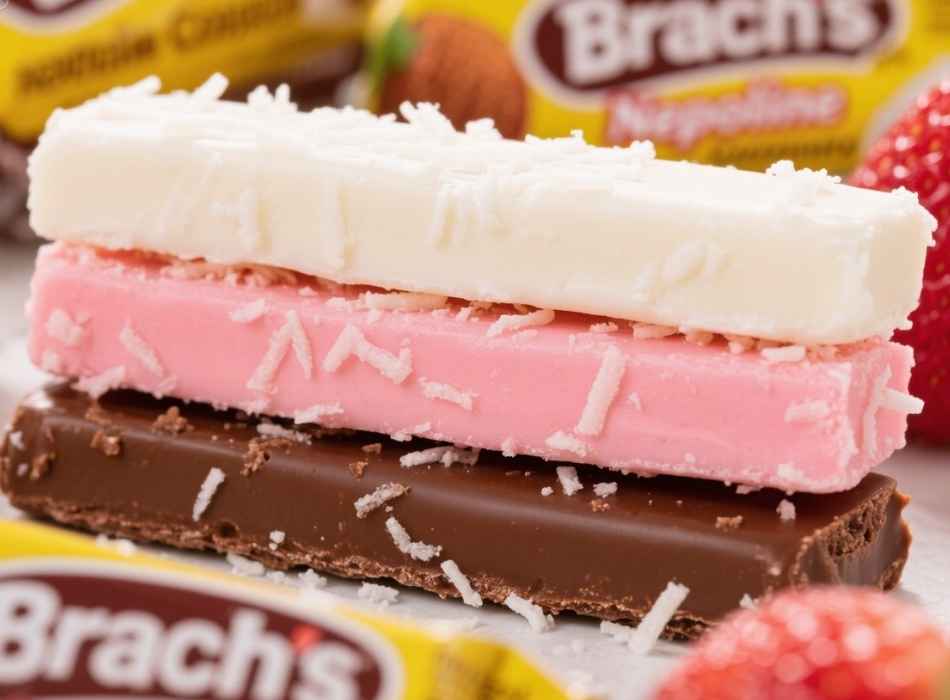
Brach’s Neapolitan coconut candy consists of three distinct layers, each representing a different flavor profile. The white layer provides classic vanilla sweetness, the pink layer offers strawberry flavor, and the brown layer delivers rich chocolate taste. The candy has a unique texture that’s both chewy and slightly firm, with shredded coconut throughout providing additional texture and tropical flavor.
The key to replicating this candy lies in understanding its composition. The base is primarily coconut, sugar, and corn syrup, with different flavorings and colorings added to create the three layers. The candy sets at room temperature but maintains a pleasant chewiness that makes it distinctly different from harder confections.
Essential Ingredients for Homemade Neapolitan Coconut Candy
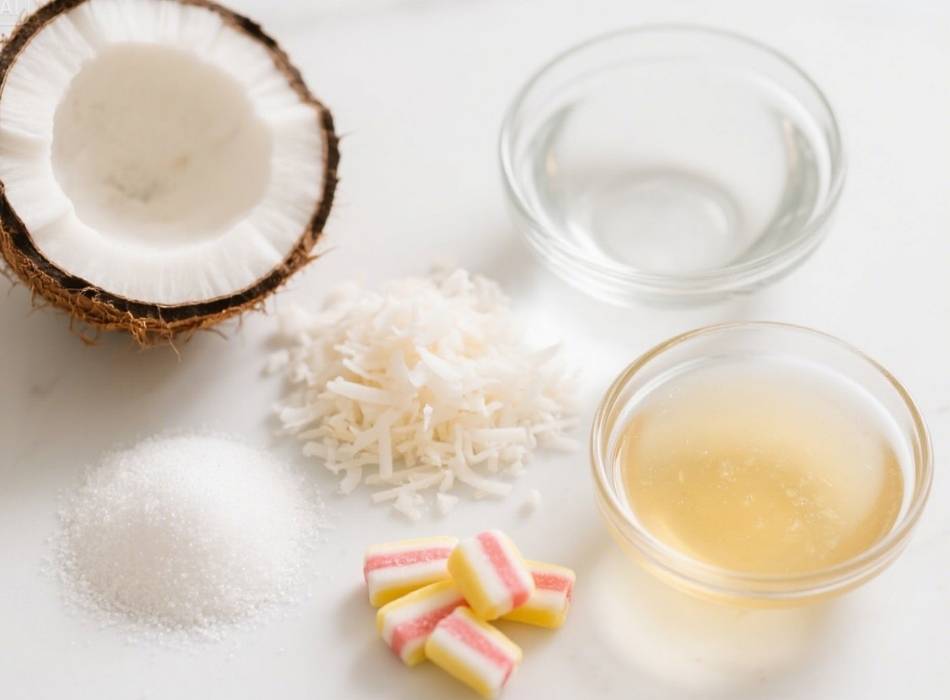
Base Ingredients
For the foundation of your candy, you’ll need sweetened shredded coconut, granulated sugar, light corn syrup, and water. These ingredients create the primary structure and sweetness of the candy.
Flavoring Components
Vanilla extract forms the base for the white layer, while strawberry extract and red food coloring create the pink layer. For the chocolate layer, use unsweetened cocoa powder or melted chocolate, depending on your preference for intensity.
Binding Agents
Egg whites help bind the mixture together and create the proper texture. Some recipes substitute powdered egg whites for food safety, while others use a small amount of gelatin as an alternative binding agent.
Step-by-Step Recipe Instructions
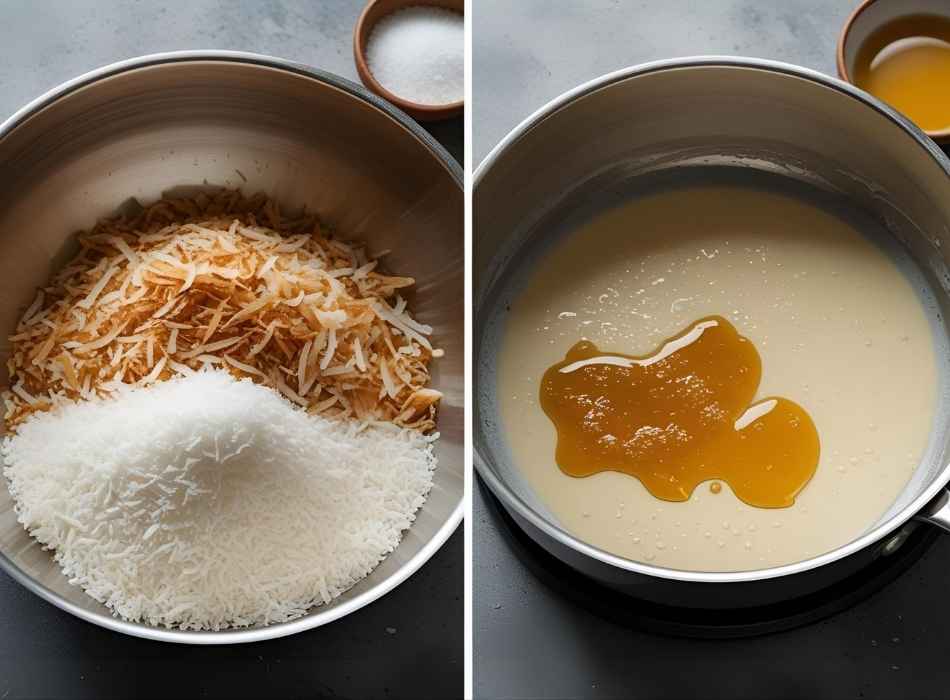
Preparing the Base Mixture
Start by combining three cups of sweetened shredded coconut with one cup of granulated sugar in a large mixing bowl. In a separate saucepan, heat half a cup of light corn syrup with two tablespoons of water over medium heat until the mixture reaches 240°F on a candy thermometer.
While the syrup heats, beat two egg whites until they form soft peaks. Once the syrup reaches the correct temperature, slowly pour it into the beaten egg whites while continuing to beat. This creates a marshmallow-like base that will bind your coconut mixture.
Creating the Three Layers
Divide your coconut mixture into three equal portions. For the vanilla layer, add one teaspoon of vanilla extract to the first portion and mix thoroughly. The second portion becomes your strawberry layer by adding half a teaspoon of strawberry extract and enough red food coloring to achieve a pleasant pink shade. The third portion transforms into the chocolate layer with two tablespoons of unsweetened cocoa powder mixed in completely.
Assembling the Candy
Line an 8×8 inch pan with parchment paper, leaving some overhang for easy removal. Press the vanilla mixture firmly into the bottom of the pan, creating an even layer. Next, carefully spread the strawberry mixture over the vanilla layer, pressing down gently to ensure good adhesion. Finally, add the chocolate layer on top, pressing firmly to create a compact three-layer candy.
Setting and Cutting
Allow the candy to set at room temperature for at least four hours, or refrigerate for two hours for faster setting. Once firm, lift the candy out using the parchment paper overhang and cut into small squares or rectangles using a sharp knife.
Tips for Perfect Results
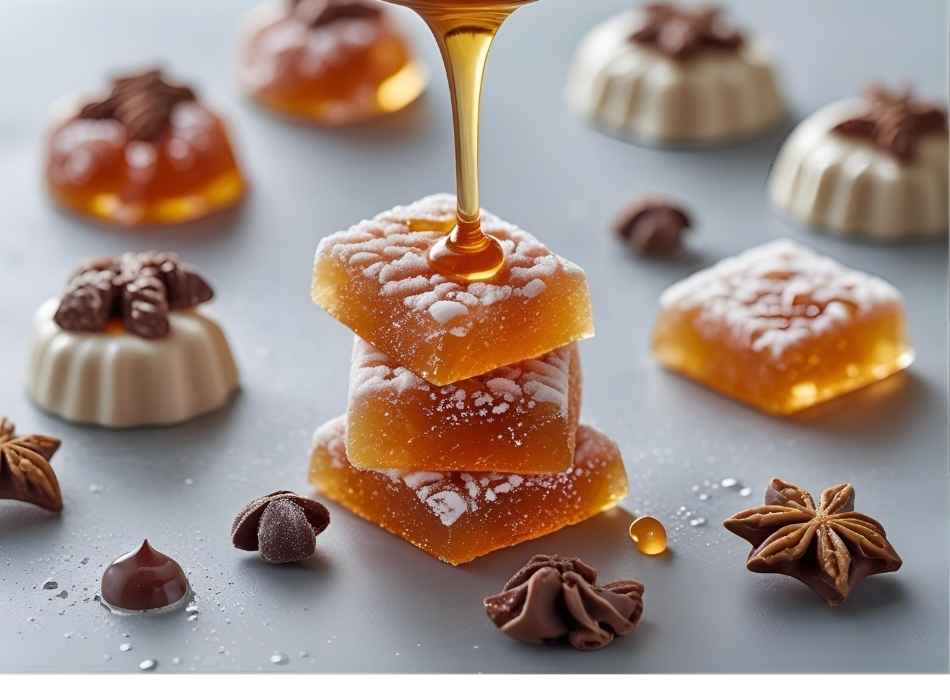
Temperature control is crucial for achieving the right texture. If your syrup doesn’t reach 240°F, the candy may be too soft. Conversely, overheating can create a brittle texture that doesn’t match the original.
When mixing the hot syrup with egg whites, pour slowly and steadily while beating continuously. This prevents the eggs from cooking and ensures smooth incorporation. If you notice any lumps, strain the mixture before adding it to the coconut.
For even layers, use a measuring cup to ensure equal distribution of each flavored mixture. Press each layer firmly with a flat spatula or the bottom of a measuring cup to eliminate air pockets and create clean, distinct layers.
Flavor Variations and Customizations

While the classic combination remains popular, you can experiment with different flavor profiles. Try replacing strawberry with cherry or raspberry extract for varied pink layers. The chocolate layer can be enhanced with mint extract for a chocolate-mint combination.
Consider seasonal variations by incorporating orange extract and coloring for Halloween-themed candy, or peppermint extract with green coloring for holiday versions. You can also adjust the intensity of each flavor by adding more or less extract to suit your preferences.
Storage and Serving Suggestions

Store your homemade Neapolitan coconut candy in an airtight container at room temperature for up to one week. For longer storage, refrigerate for up to three weeks or freeze for up to three months. If freezing, wrap individual pieces in wax paper to prevent sticking.
These candies make excellent gifts when packaged in decorative boxes or bags. They’re also perfect for parties, potlucks, or as a nostalgic treat to share with friends and family who remember the original Brach’s version.
Troubleshooting Common Issues
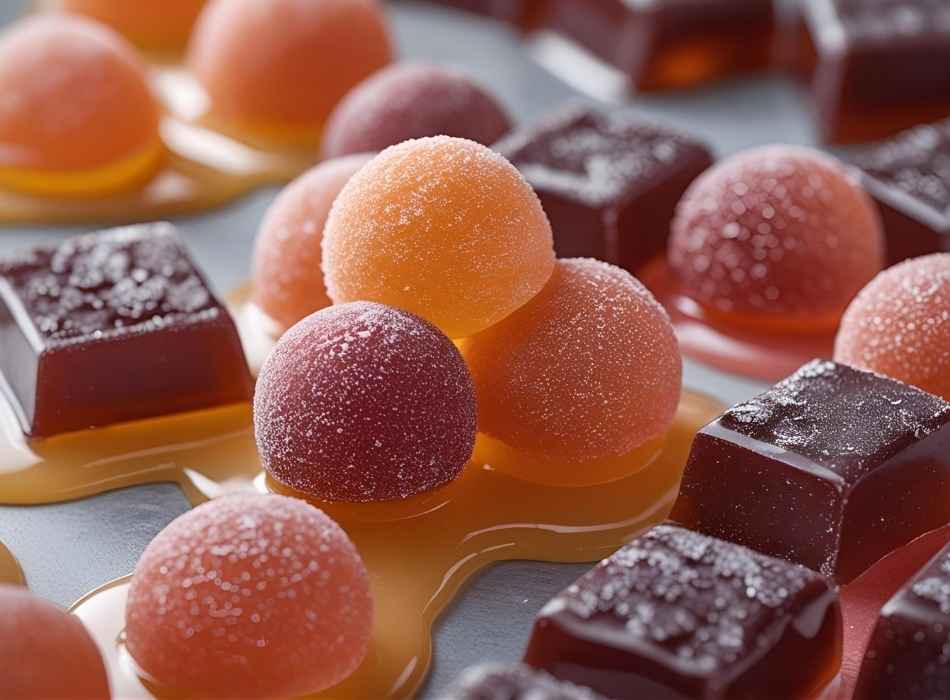
If your candy turns out too soft, the syrup likely didn’t reach the proper temperature. Next time, use a reliable candy thermometer and ensure it reaches exactly 240°F. If the candy is too hard, you may have overheated the syrup or used too much corn syrup.
Uneven layers usually result from insufficient pressing or uneven distribution. Take time to spread each layer carefully and press firmly with a flat tool. If colors bleed between layers, allow each layer to set for 30 minutes before adding the next one.
Recreating Childhood Memories
Making Brach’s Neapolitan coconut candy at home offers more than just a sweet treat. It’s an opportunity to recreate cherished memories while controlling ingredients and customizing flavors to your preferences. The process itself can be meditative and rewarding, especially when you achieve those perfect distinct layers that mirror the original candy.
Start with this basic recipe and experiment with variations to make it uniquely yours. Whether you stick to the classic flavors or venture into new combinations, you’ll have created a homemade version of a beloved confection that brings joy to both the maker and those lucky enough to share in the results.



















